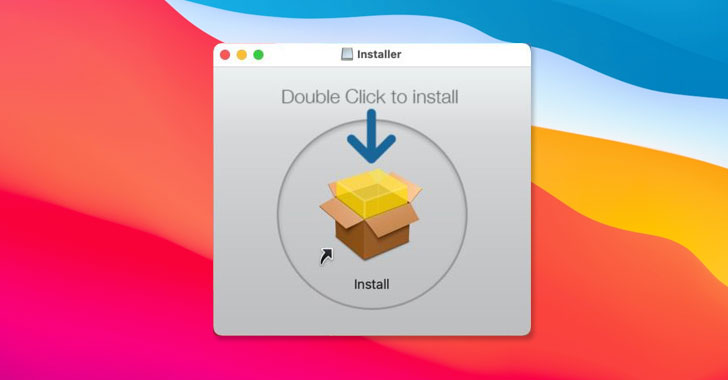

- FACEBOOK RANSOMWARE ON MAC SOFTWARE
- FACEBOOK RANSOMWARE ON MAC CODE
- FACEBOOK RANSOMWARE ON MAC PASSWORD
- FACEBOOK RANSOMWARE ON MAC MAC
That little wheel means that your Mac is working overtime, trying to do too many things at once. Mac users are familiar with what is referred to as the “spinning wheel of death.” That’s when the cursor turns into a rainbow wheel. Signs may include unusual amounts of banner ads, or fake pop-ups that recommend updates to your computer. Being bombarded with a slew of advertisements every time you perform an action on your computer should be a signal that it’s time to run a virus scan.
FACEBOOK RANSOMWARE ON MAC SOFTWARE
Strange activity, applications seeming to “lag” when opening, and more can all be warning signs you may have malicious software on your Mac. If you have a feeling that your Mac is behaving oddly or is just “off,” you may have a virus. All of these types of information were vulnerable until the right software patches were installed.
FACEBOOK RANSOMWARE ON MAC PASSWORD
This included data like your passwords stored in a password manager or browser, emails, personal documents, photos, and instant messages. This hardware vulnerability allowed programs to steal data that was currently being processed on the computers’ chip. This was a particular form of malware that affected the processor chips of PCs and Macs. You may have heard of a major vulnerability last year dubbed Meltdown and Spectre. Software and hardware vulnerabilities can affect all devices, no matter their maker. Macs can have software and hardware vulnerabilities, too If users don’t pay the price, they risk losing the data forever. As its name implies, ransomware presents users with an ultimatum: pay a fee to unlock their computer or specific files to reclaim personal data.

KeRanger was one of the first significant ransomware outbreaks for Macs.

One of their more popular uses is to deliver destructive viruses and malware. Macro viruses are capable of creating new files, corrupting data, moving text, sending files, formatting hard drives, and inserting pictures, among other things.
FACEBOOK RANSOMWARE ON MAC CODE
The macro then tries to run a code that could perform functions such as taking screenshots and even accessing webcams. Macro viruses go to work when a user opens an infected file with macros enabled. Microsoft Word macro viruses have been around for a long time, mainly affecting PCs, but eventually jumping over to the Mac OS. The MacDownloader malware was a form of spyware that attempted to steal personal data, including the user’s keychain, which stores usernames, passwords, PINs, credit card numbers, and more. Dubbed “MacDownloader,” it was malicious software hiding in a fake Adobe Flash update. One notable Apple computer Trojan horse was found in February 2017. Trojan horses are common to Macs and PCs. This information could be used to commit crimes, such as identity theft, fraud, or even extortion.Īlthough they’re not malicious, even benign pop-up ads can be extremely annoying and intrusive. Adware can also send information back to a third-party server. Pop-up ads can lead users to malicious websites that could deliver data-stealing spyware onto their Macs. Some adware can work in conjunction with spyware, a type of software that can spy on and record everything you do online. Four types of Apple viruses - and a vulnerabilityĪpple viruses can range from annoying to outright damaging.Īdware is a potentially unwanted program that can bombard users with advertising pop-ups. Read on to learn more about some of the most common malware and viruses that can affect Apple devices, what the signs are, and what you can do to help protect your devices. Adware, spyware, ransomware, and hardware and software vulnerabilities are some of the problems now affecting Macs, and not just PCs.


 0 kommentar(er)
0 kommentar(er)
